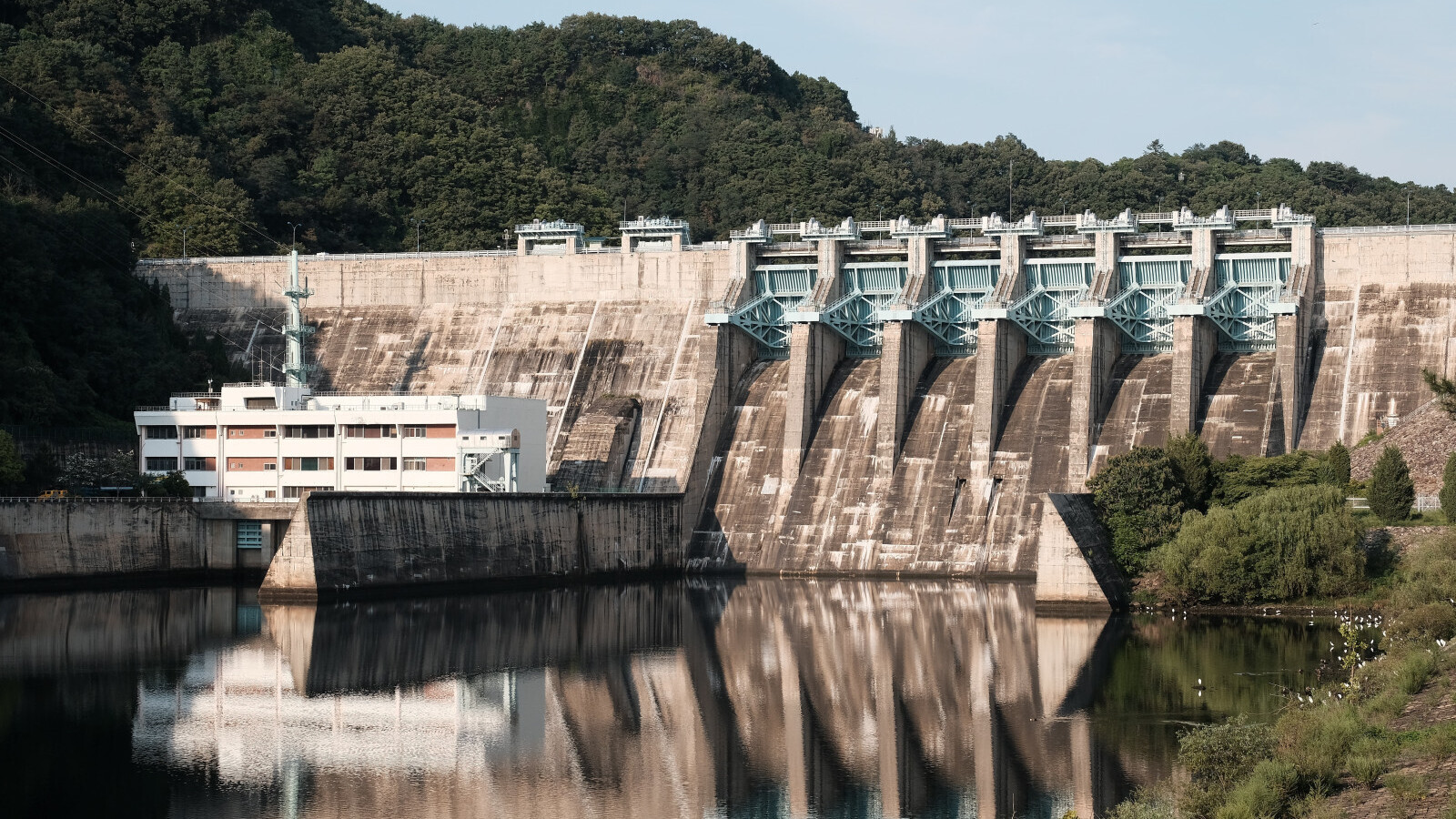
Deep Dive: Is a super-cycle in water infrastructure investment coming?
Billions of water investments are urgently needed to hit UN Sustainable Development Goal 6 but asset owners are reluctant to dive into this risky and volatile space
Despite global net zero investments increasing year on year, the world is heating up and dehydrating at an unprecedented rate.
The world's water supplies have fallen more than 50 per cent over the past six decades, yet demand is set to grow by 30 per cent by 2050.
As a result, it is estimated that around 1.8 billion people will be living in countries or regions with absolute water scarcity in just three years time, which will have a devastating impact on communities, businesses and economic activity in those parts of the world.
Therefore, major investments in water infrastructure are urgently needed if the world is to achieve United Nations Sustainable Development Goal 6, ensuring clean water and sanitation for all.
While the OECD calculated water infrastructure costs will exceed $1 trillion a year, an often-cited World Bank study from 2016 estimates the required investment in the water sector to be $114 billion per year to achieve universal service coverage.
This figure is three times the actual annual global investment in the water services sector, and since this is a global estimate, it obscures regional differences. For example, the OECD highlights that greater capital spending is needed in Sub-Saharan Africa.
Investors ignore water
The identification of solutions presents a considerable opportunity for investors, but finance remains short of the levels required, insiders generally agree.
Nations will need to spend in some cases more than 1 per cent of GDP, to address the water challenges at hand, simply because investors are reluctant to turn their spotlight on water-infrastructure related projects.
However, asset owners and corporates play a make-or-break role in this complex process, argued Katerina Kosmopoulou of asset manager J. Stern & Co, who is a partner, the firm's head of ESG and deputy manager of the World Stars Global Equity Fund.
She stressed it's in investors' own interest to free up funds sooner rather than later. "It is not just in developing nations where there is a water crisis."
"Some 10 million US households have no access to safe drinking water – with contaminants affecting water quality and century-old cast-iron pipes in parts of the water network," Kosmopoulou pointed out.
"It is not just in developing nations where there is a water crisis. Some 10 million US households have no access to safe drinking water."

Also joining the water debate, Poul Due Jensen, the chief executive of Copenhagen-based infrastructure giant Grundfos, stressed that investment is only achievable if asset owners step into this space.
"By strategically allocating resources, considering long-term perspectives, mitigating risks, advocating for change, and integrating water-related factors into investment practices, asset owners can contribute significantly to addressing water challenges and fostering sustainable water management practices."
When asked to elaborate, Due Jensen said it is simply a case of strategic investment decisions, singling out investing in water infrastructure, technology, conservation efforts, and sustainable water management solutions.
Also read
Who are the silent majority?
Taking the long view, water-related challenges require long-term solutions, Due Jensen continued.
"Asset owners have the advantage of taking a holistic and forward-looking approach to water investments. By considering the long-term implications of water scarcity, pollution, and access issues, they can make informed decisions that support sustainable water practices and contribute to the resilience of communities and businesses."
Super-cycle
Kosmopoulou anticipates "a super-cycle" in water infrastructure investment, with the water treatment and management markets accelerating on the back of an increased focus on water preservation and quality, tightening of regulations and water infrastructure growth in emerging markets.
She said she closely works with investee companies to ensure that water usage and preservation considerations are fully integrated into their strategic planning.
"Asset owners have the advantage of taking a holistic and forward-looking approach to water investments."

Kosmopoulou said she is encouraged to see Nestle’s recent CHF 120m commitment on 100 ecosystem regeneration projects across 48 bottled water business sites, as well as Meta’s goal to become water positive by 2030.
"This restores more water to the environment than the company consumes for its global operations," she pointed out.
"Ultimately meeting our generation’s challenge will depend on the willingness of all players across the global water value chain to make their own contribution to the goals of water re-use, conservation and ecosystem management," Kosmopoulou noted.
In addition, Due Jensen agreed it is in investors' own best interest to actively mitigate water-related risks, such as water scarcity, regulatory changes, and reputational risks, simply because they can impact the financial performance and sustainability of their assets.
"Asset owners have the opportunity to identify and mitigate these risks through proactive investments."
He concluded by saying that "this may involve incorporating water risk assessments into due diligence processes, engaging with companies to improve their water management practices, or supporting innovation in water-efficient technologies."
Also read
Instability and uncertainty ‘new normal’ for asset owners worldwide




